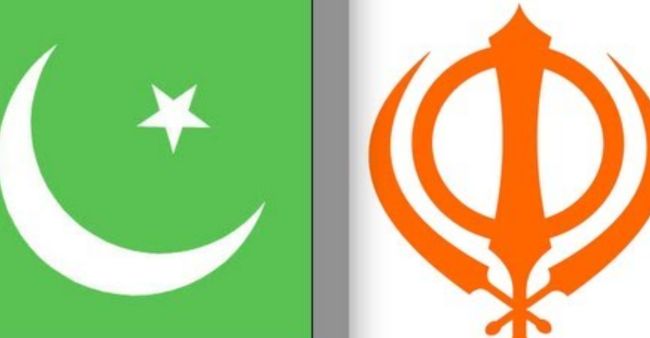The number five is important across cultures. There are five books of the Torah, five pillars of Islam, and the five wounds of Jesus Christ. In the Indian sub-continent, the system of local governance is based on the panchayat, the village body led by five wise members of the community. In 1699 AD, Guru Gobind Singh called for five volunteers to lead the community.
The Guru appeared in the congregation with an unsheathed sword, and announced that while every member of the community was equally dear to him, he was looking for the one who was willing to give his head. Some devotees were taken aback
The Guru took him inside the tent, and returned to make a fresh call for another devotee. Five times was the call made, and five devotees came forward. The Guru anointed them as the Panj Pyare—the Five Beloved who would be the leaders of the community. To establish this new institution, he then requested the Panj Pyare to anoint him too. Guru Nanak Dev travelled to the North East, East, South, and the West and North of the Indian sub-continent. Guru Gobind Singh cemented this vision, by creating a pan-Indian community, as against a “regional” one. The Guru’s creation of the Panj Pyare was a unique template of a plural India, united on principles of humanity. Consider the diverse geography and caste identities which the Five Beloved represented. Daya Ram, a Khatri (trader) of Lahore; Dharam Singh, a Jat (farmer) from Hastinapur; Mohkam Chand, a chhimba (tailor) from Dwarka; Himmat Rai, a khewat (water-bearer) from Jagannath Puri; and Sahib Chand, a nayee (barber) from Bidar. Connect these dots, and you see an approximation of the of a map of modern India.

